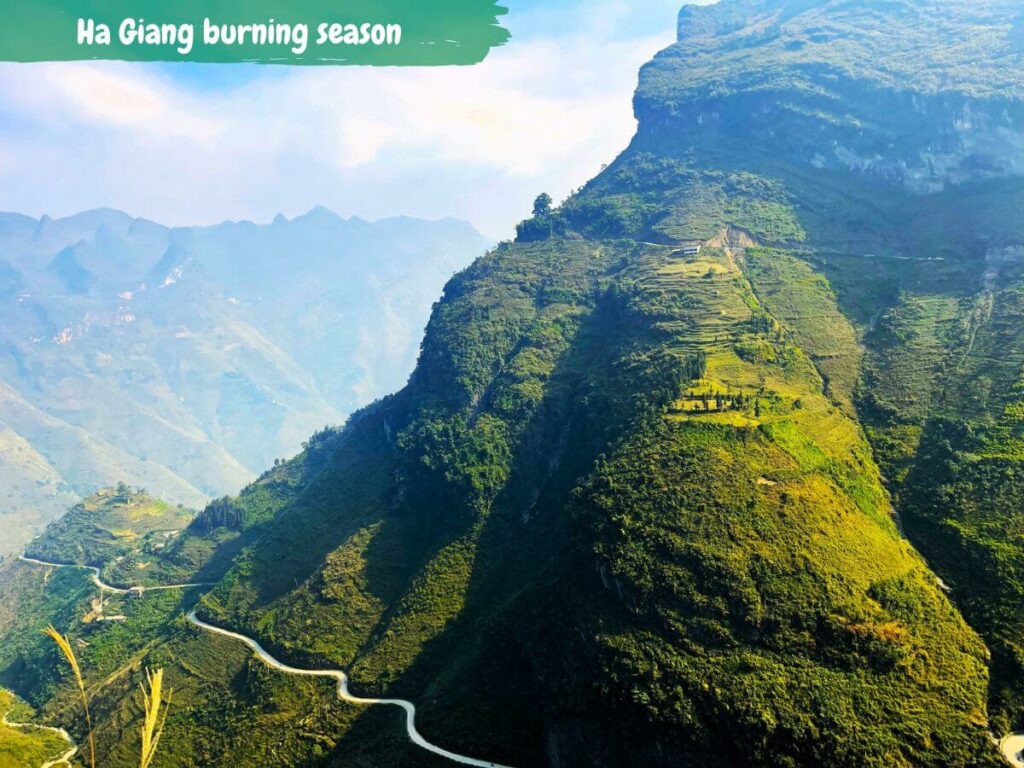Ha Giang Loop, Travel Guide
Ha Giang Burning Season: Challenges, and What to Expect?
Nestled in the remote northern reaches of Vietnam, the province of Ha Giang is a land of breathtaking natural beauty. From its towering karst peaks to its lush, terraced rice fields, this region is a true gem for adventurous travelers. But each year, as the seasons change, Ha Giang undergoes a dramatic transformation – one marked by billowing clouds of smoke and the crackle of flames.
This is the infamous Ha Giang burning season, a phenomenon that has shaped the lives and livelihoods of the people of Ha Giang for generations. But what exactly is the burning season, how does it affect Ha Giang Loop, and what you can expect during this tough season? Let’s explore!
Mystique of Ha Giang Burning Season
The Ha Giang burning season typically occurs between April and June, coinciding with the region’s dry weather and the preparations for the upcoming planting season. The Ha Giang Loop, a 300-kilometer circuit that winds through the province, becomes even more captivating during this season, attracting adventurers and photographers from around the world.
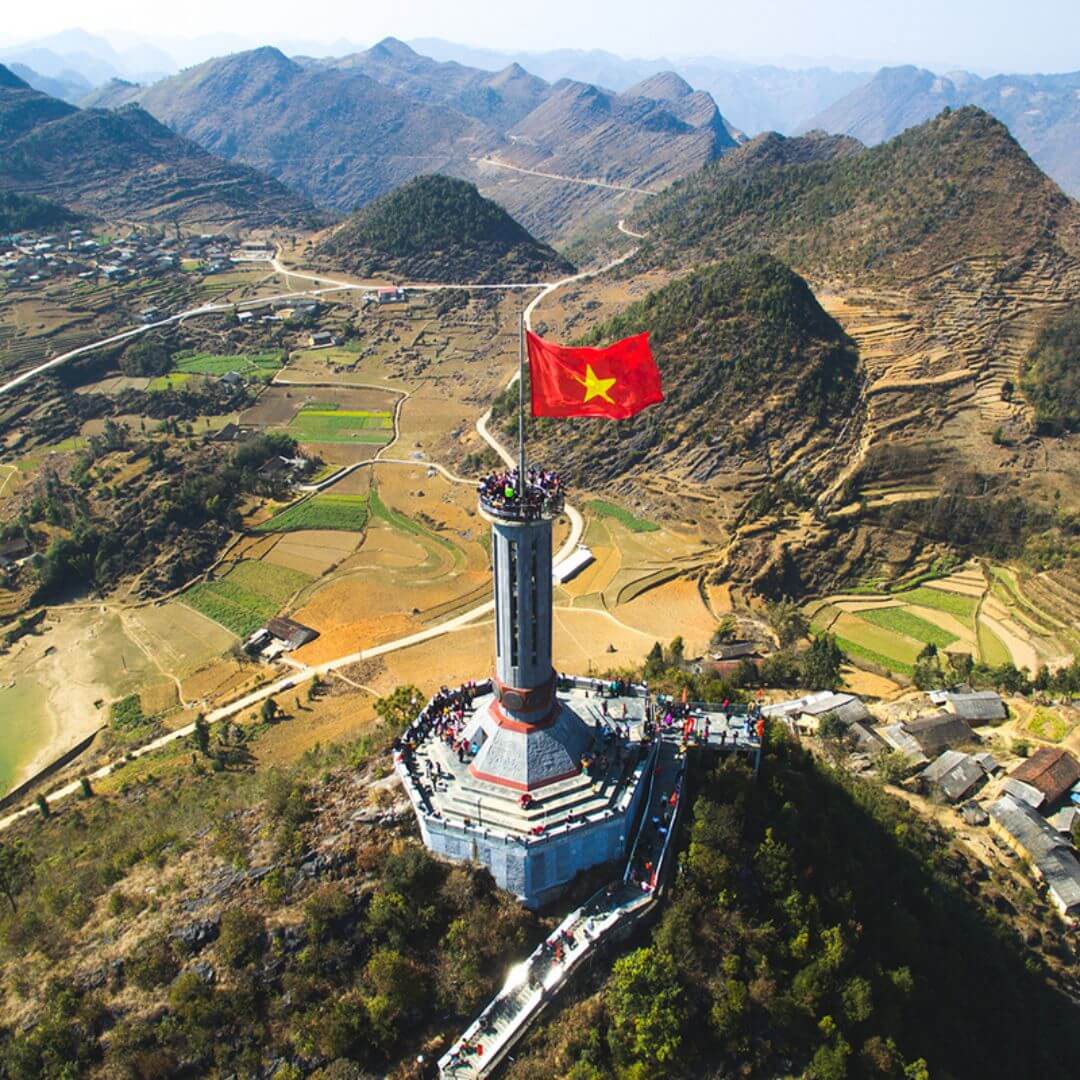
During this time, farmers across the province engage in slash-and-burn agriculture, clearing land by setting fire to the existing vegetation.
This practice serves a practical purpose – it helps to quickly clear the land, releasing nutrients into the soil and preparing it for the planting of crops. However, the scale and intensity of these burnings can have significant environmental consequences, blanketing the region in thick smoke and causing damage to the delicate ecosystems.
The Ha Giang Loop is a famous multi-day motorbike or scooter route through the remote and scenic northern province of Ha Giang, Vietnam. Some highlights of the Ha Giang Loop include:
- Scenic mountain roads: The loop winds through narrow mountain roads with stunning vistas of jagged peaks, deep valleys, and terraced rice fields. The winding roads make for an exhilarating and beautiful riding experience.
- Lung Cu Flag Tower: This tower marks the northernmost point of Vietnam and offers panoramic views over the surrounding mountains and the Chinese border.
- Meo Vac: This small mountain town has a vibrant local market and is surrounded by dramatic karst landscapes.
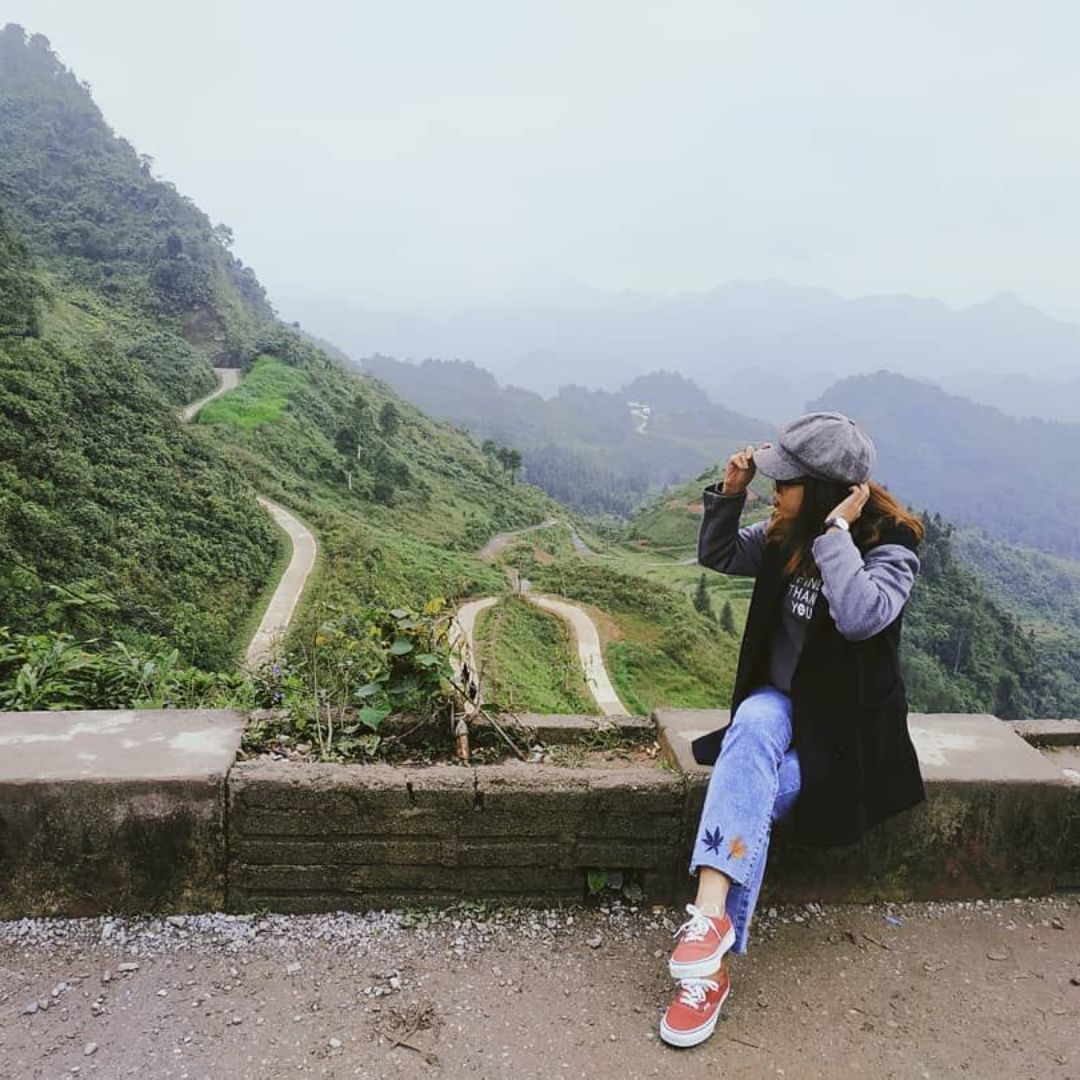
- Dong Van Karst Plateau: This UNESCO Global Geopark features unique limestone formations, caves, and traditional minority villages.
- Heaven’s Gate: This high mountain pass at over 2,000 meters elevation offers incredible views over the surrounding peaks.
- Colliding Rivers: The confluence of the Nho Que River and the Red River creates a beautiful natural sight.
- Traditional minority cultures: The loop passes through areas inhabited by ethnic minority groups like the Hmong, Dao, and Tay, providing opportunities to learn about their unique cultures.
The Mesmerizing Transformation of Ha Giang’s Landscape
As you embark on the Ha Giang Loop during the Burning Season, you’ll witness the breathtaking transformation of the landscape. The terraced fields, meticulously carved into the hillsides, glow with the golden colors of ripened rice. This picturesque scenery, combined with the dramatic limestone peaks and deep valleys, creates a surreal and unforgettable experience. The loop offers numerous vantage points where you can stop and soak in the panoramic views, capturing the essence of Ha Giang’s natural beauty.
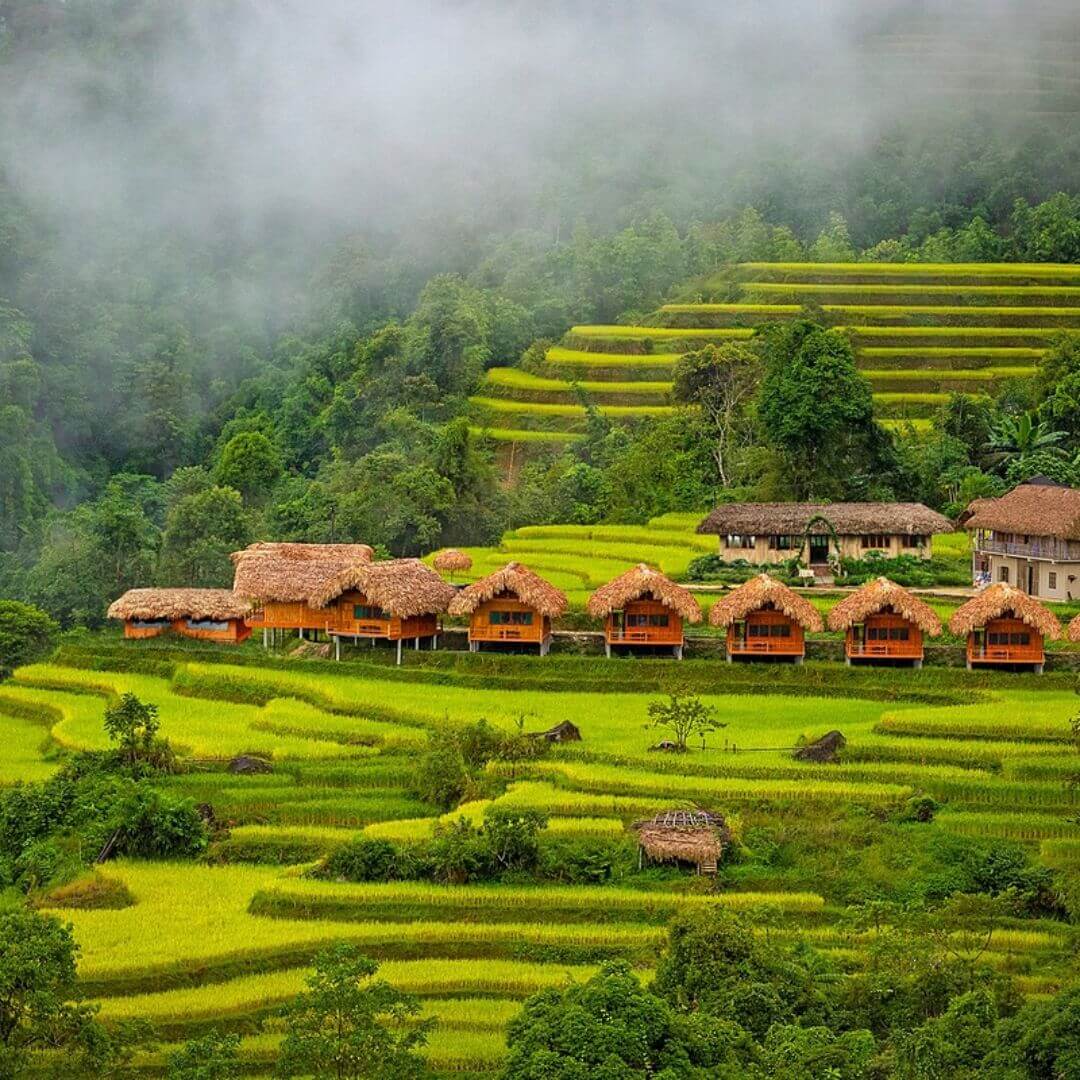
During Ha Giang burning season, Ha Giang undergoes a transformation that can only be described as magical. The province’s iconic terraced rice fields, which are a testament to the ingenuity and hard work of local farmers, turn a radiant golden yellow as the rice ripens and prepares for harvest. This golden hue spreads across the landscape, contrasting beautifully with the deep greens of the surrounding forests and the stark greys of the towering limestone karsts.
As you journey along the Ha Giang Loop, each twist and turn of the road reveals new vistas of these stunning fields, each more breathtaking than the last. The interplay of light and shadow during the early morning and late afternoon hours enhances this natural spectacle, creating scenes that look like they belong in a painting.
The transformation of Ha Giang’s landscape during the Burning Season is not just a visual treat; it’s a profound reminder of the region’s agricultural heritage and the enduring bond between the people and their land. This period also brings a sense of anticipation and celebration, as the communities prepare to reap the rewards of their hard work, making it an ideal time for visitors to experience the vibrancy and vitality of rural life in Ha Giang.
Immerse Yourself in the Cultural Richness of Ha Giang During Burning Season
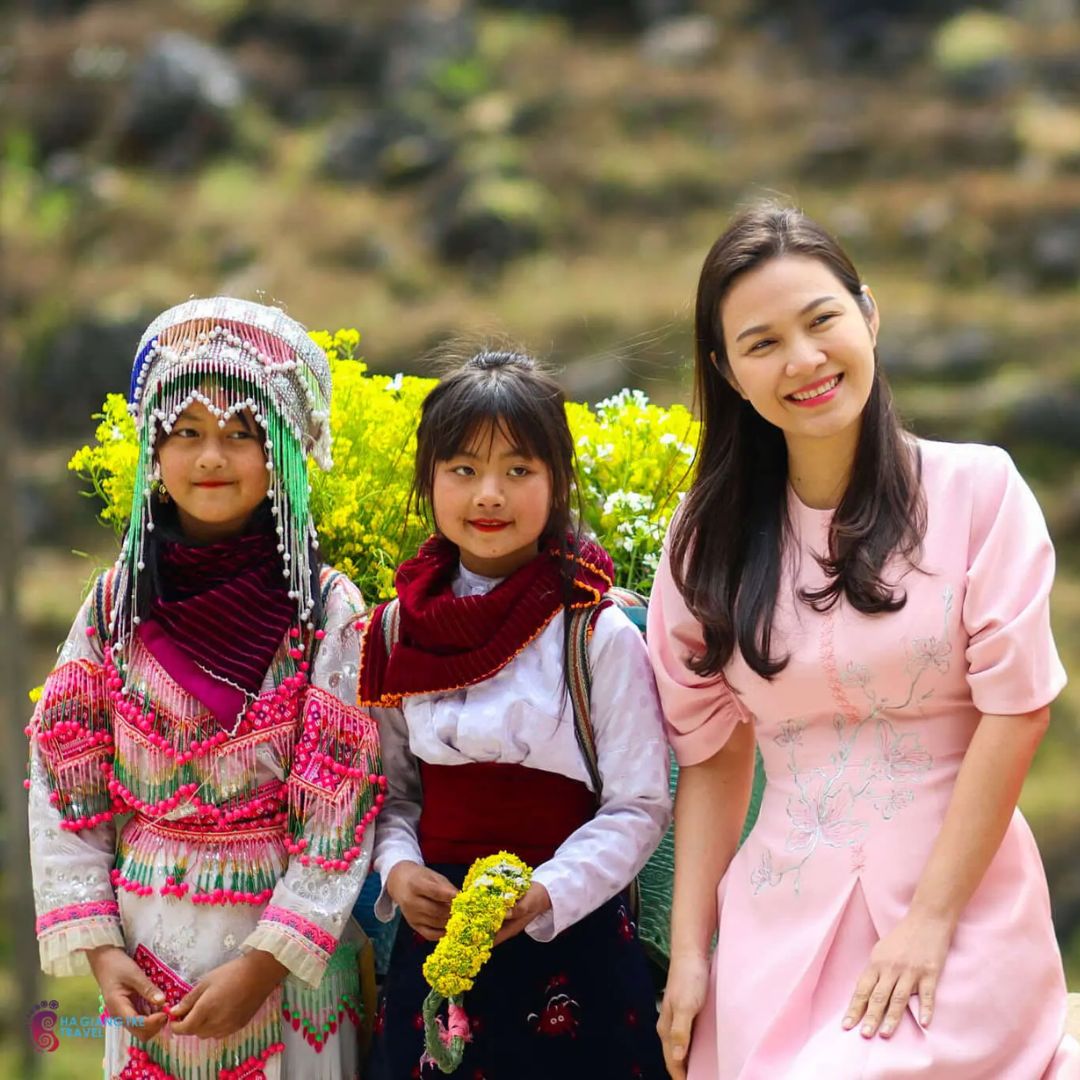
The Burning Season in Ha Giang is not only a visual spectacle but also a vibrant celebration of the region’s rich cultural tapestry. This time of year is deeply significant for the local ethnic minorities, including the Hmong, Tay, and Dao communities, who inhabit the picturesque highlands. As the golden rice fields prepare for harvest, these communities engage in various traditional activities and festivals that offer travelers a unique glimpse into their heritage and way of life.
Visitors can immerse themselves in the local culture by participating in traditional festivities that mark the end of the agricultural cycle. Colorful markets spring up, where you can witness the locals dressed in their traditional attire, trading goods, and engaging in lively conversations. These markets are a sensory delight, filled with the sights, sounds, and smells of regional specialties and handmade crafts.
Traditional music and dance performances are integral to the Ha Giang burning season celebrations. Travelers have the opportunity to witness or even join in these joyous expressions of cultural identity. The rhythmic beats of traditional instruments, the graceful movements of the dancers, and the hauntingly beautiful folk songs provide a deep connection to the area’s cultural roots.
Lên Đồng Ritual Dance (April-May):
- The Lên Đồng is a ritual dance performed by the Dao ethnic minority group to honor their ancestors and deities.
- It involves elaborate costumes, chanting, and trance-like movements as spiritual mediums communicate with the spirit world.
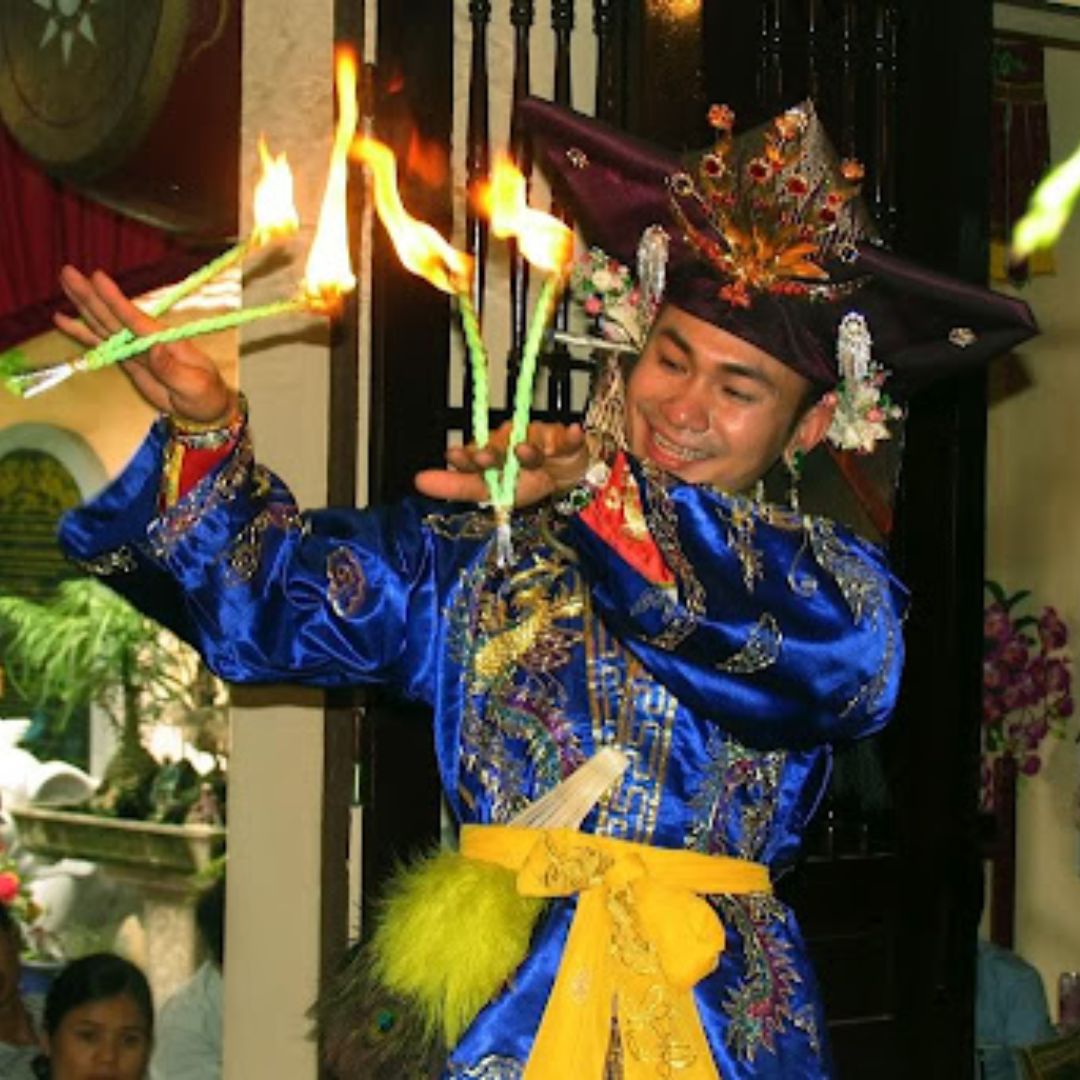
- This ritual is often performed during the Lunar New Year or other important holidays.
Tày Folk Music (Year-round):
- The Tày ethnic group in Ha Giang has a rich tradition of folk music, including the Sli (call-and-response songs) and Sli Sát (duet songs).
- These songs often celebrate everyday life, love, and the natural environment.
- Instruments like the Đàn Tính (plucked lute) and Kèn (double-reed wind instrument) are used.
Dao Harvest Songs (August-September):
- The Dao people have harvest songs that are sung during the rice harvesting season.
- These songs praise the land, express gratitude to the gods, and celebrate the bounty of the harvest.
- They are often accompanied by traditional Dao instruments like the Kèn and percussion.
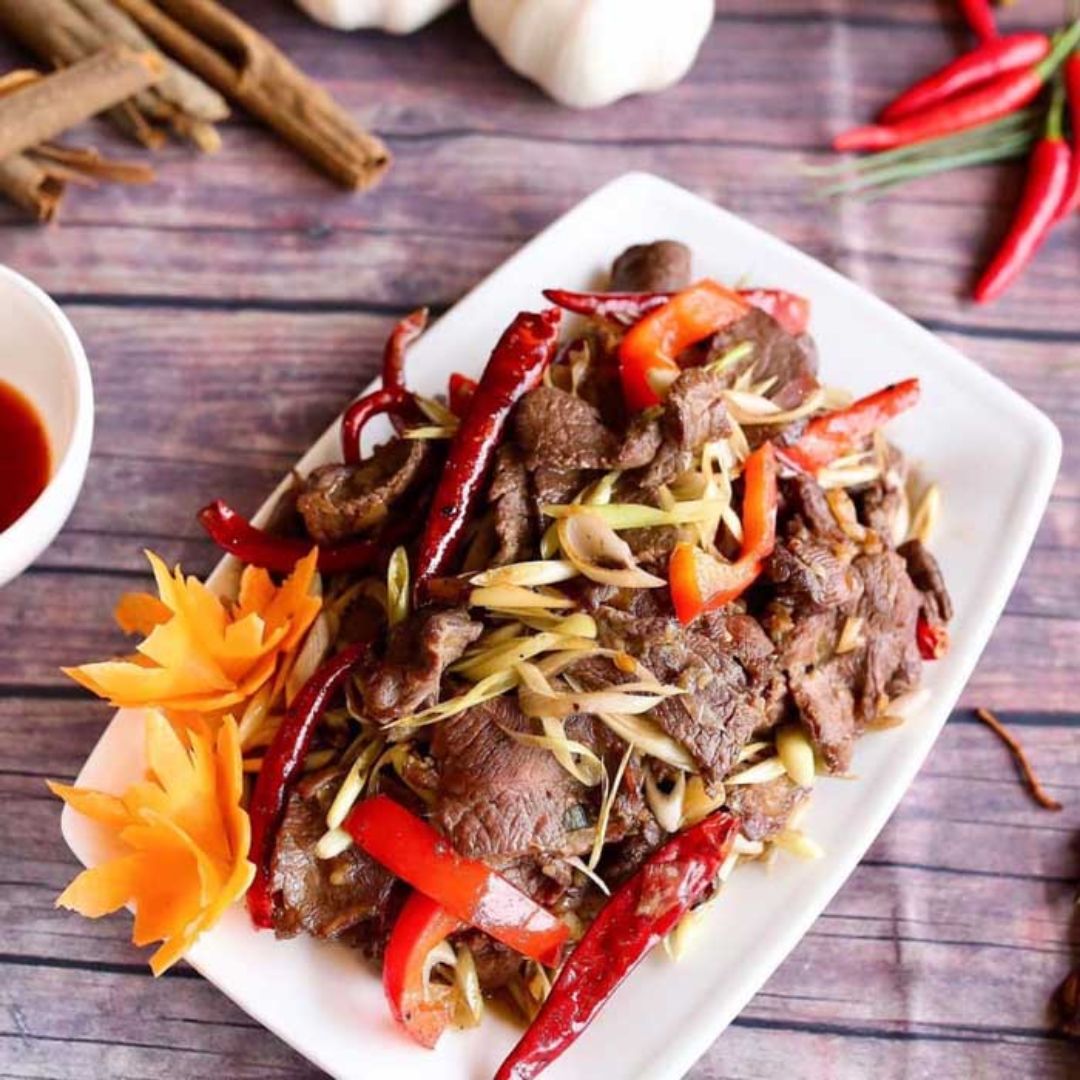
Culinary experiences during this season are not to be missed. Local families often welcome travelers to join them in feasting on seasonal dishes prepared from freshly harvested ingredients. This is a chance to savor authentic flavors and learn about the culinary traditions that have been passed down through generations.
>>> Read More:
- Is the Ha Giang Loop Dangerous?
- Travel Guide about Ha Giang Rainy Season
Photography Tips for Burning Season in Ha Giang
For photography enthusiasts, the Burning Season in Ha Giang offers endless opportunities to capture stunning images. The golden terraces, coupled with the morning mist and dramatic lighting, create perfect conditions for landscape photography. Here are some tips to make the most of your photography adventure:
- Golden Hour Shots: The soft, warm light during sunrise and sunset enhances the golden hues of the rice fields, making it the ideal time for photography.
- Aerial Perspectives: Consider using a drone to capture the expansive views of the terraced fields from above.
- Portraits and Culture: Don’t miss the chance to photograph the local people in their traditional attire, which adds a cultural dimension to your images.
- Vary Your Angles: Experiment with different angles and compositions to highlight the intricate patterns of the terraces.
- Plan the Ultimate Ha Giang Burning Season Adventure: Itinerary and Travel Tips
- Planning a trip to Ha Giang during the Burning Season requires some preparation to ensure a smooth and enjoyable experience. Here are some tips and a suggested itinerary for your adventure:

Travel Tips:
- Best Time to Visit: Late September to early May, when the rice fields are at their peak.
- Transportation: Renting a motorbike is the most popular way to explore the Ha Giang Loop. Ensure your bike is in good condition and familiarize yourself with the route.
- Accommodation: Book your accommodation in advance, especially in popular spots like Dong Van and Meo Vac, as they can get crowded during this season.
- Safety: Wear appropriate gear, carry a map, and be cautious on winding mountain roads.
Suggested Itinerary:
Day 1: Ha Giang City to Quan Ba – Explore the Quan Ba Heaven Gate and the Twin Mountains.
Day 2: Quan Ba to Yen Minh – Enjoy the serene beauty of the terraced fields and ethnic villages.
Day 3: Yen Minh to Dong Van – Visit the Dong Van Karst Plateau Geopark and the ancient Dong Van town.
Day 4: Dong Van to Meo Vac – Experience the Ma Pi Leng Pass, one of the most breathtaking roads in Vietnam.
Day 5: Meo Vac to Ha Giang City – Conclude your journey with a scenic ride back to Ha Giang City.
Conclusion
Ha Giang burning season is a time of unparalleled beauty and cultural richness. The golden terraced fields, vibrant local festivals, and the scenic Ha Giang Loop combine to create an unforgettable travel experience. Whether you’re an adventurer, a photographer, or a cultural enthusiast, the Burning Season in Ha Giang offers something for everyone. Plan your trip, embrace the enchanting landscapes, and immerse yourself in the magic of Ha Giang during this captivating season.

